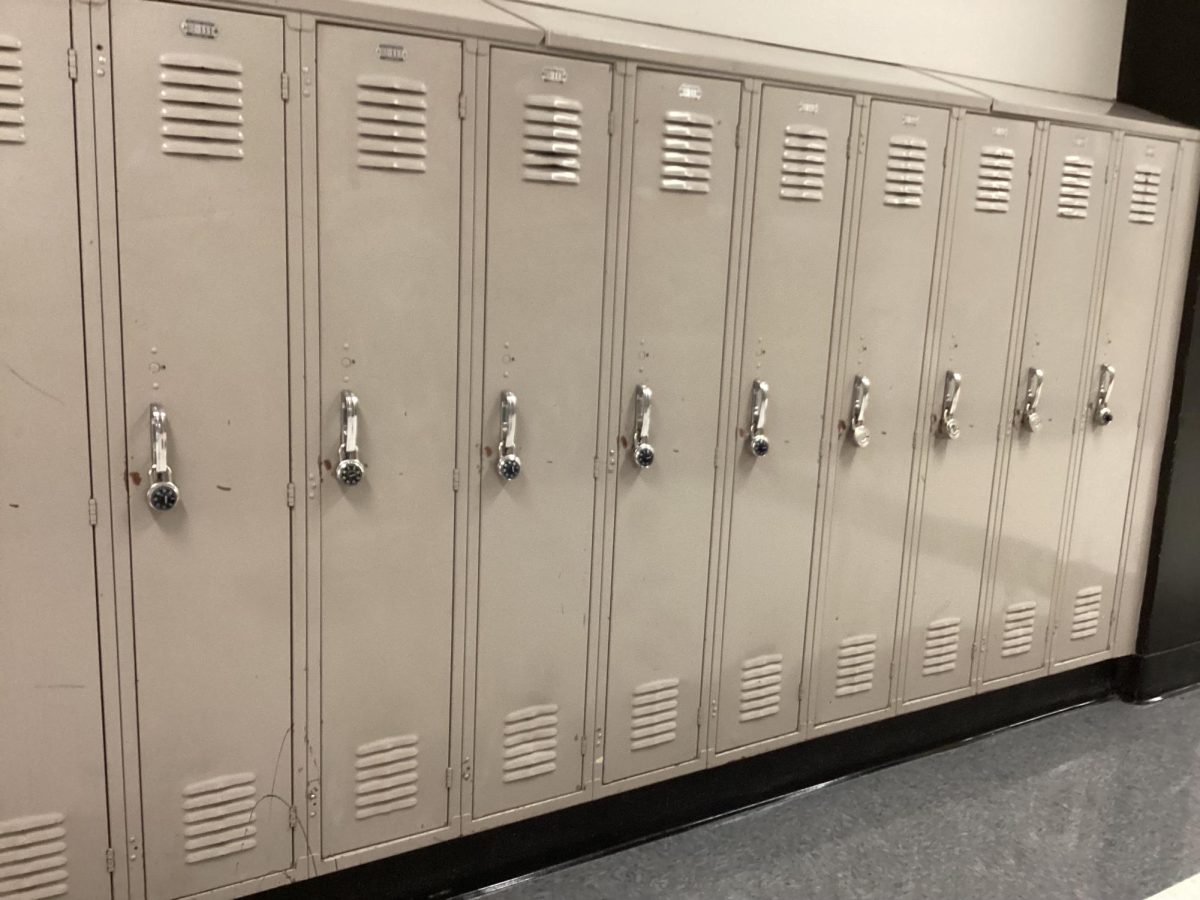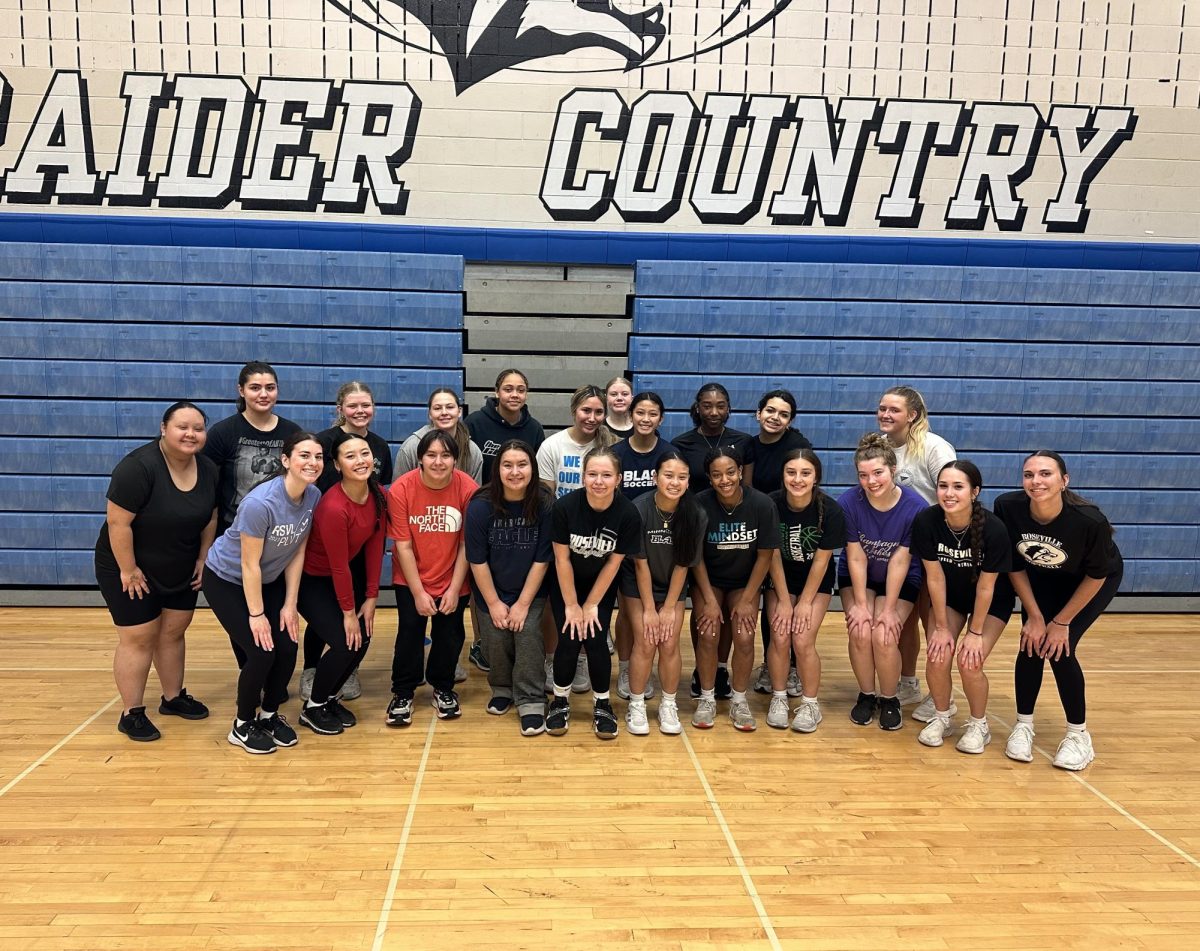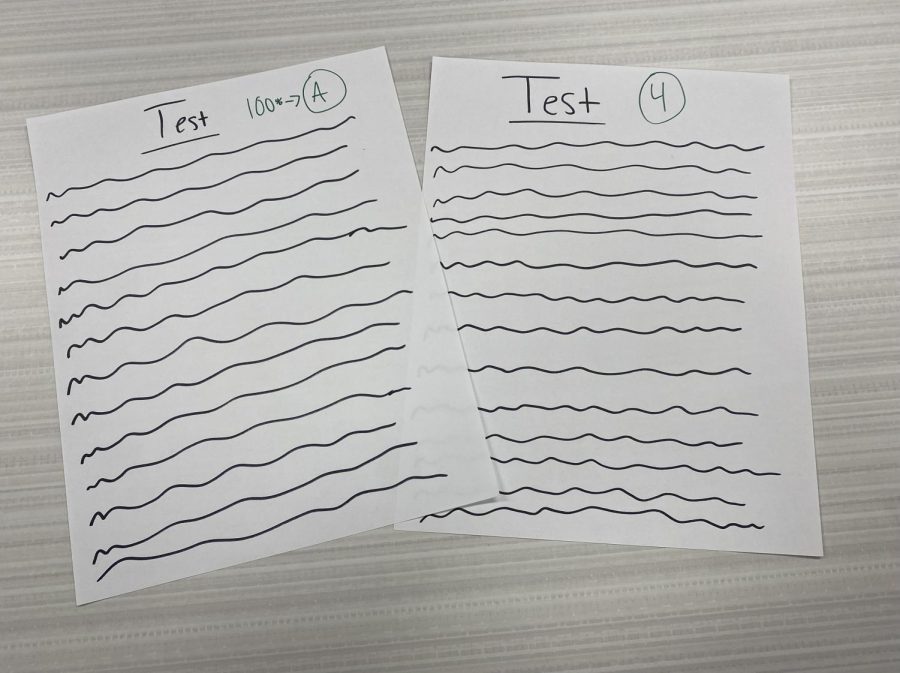Standards-based Learning vs Percentage Learning
June 6, 2023
Grading has always been concrete; 95% earns you an A, 85% earns you a B, all the way down to F, nothing more and nothing less. As we progress forward, however, the emphasis on these percentage grades and the stress that comes with it has been questioned by students and teachers.
This is why standards-based grading was introduced. Standards-based grading is based on a rubric and it focuses on active learning (skills) rather than passive learning (memorizing).
Students have strong opinions on this shift. I, for one, am someone who has always favored percentage grading, because I like the point system and I am someone who likes seeing what exactly I got wrong so I know exactly what to study. I see the flaws in this type of grading and thinking, but percentage grading has been something that I have been taught and many other students have also adapted to.
Other students have expressed positive feedback for the current percentage-based grading system despite what many studies show about its weaknesses. Junior Mack Jorgensen said, “What’s good about the current grading is that it is flexible and is on a wide scale… I don’t like how you feel disappointed and down about yourself when you don’t perform to your goals, but I feel like this would happen with any system.”
Some students have expressed concern about standardized grading, stating they think the room for error is smaller than they want.
Junior Annika Culver said, “I feel that if I got a 3 out of 4 it would largely impact my grade even though that is a proficient score. This grading system makes me more scared to make mistakes and experiment which I believe is what leads to true learning.”
Sophomore Alecia Jendro agrees that there are problems with standardized grading. She said, “I don’t really see any problems with it, it could be a problem if a student misses class, and they could get confused on what the teacher is looking for.”
How does standards-based grading benefit students? According to Strobel Education, “Standards-based grading scales differentiate between foundational skills that are necessary for vertical and horizontal curriculum alignment and skills that require proficiency in those foundational skills to demonstrate mastery.”
Some teachers at RAHS, like the science department, have already incorporated standards-based grading into their teaching as more criticisms on percentage grading seem to come out.
Many criticize percentage-based grading by saying students start to tie self worth to their grade, with high-stakes at play like: parents’ opinions, college, scholarships, sports, and much more. Many students think their grades determine their value in life, which is why the pressure to switch from this system has come into play.
Some wonder if we can fix the grading we have now without switching to standards-based grading? Junior Mack Jorgensen said, “I get that the standards system is meant to relieve stress and help learning stick for longer…to combat this we would need to introduce different standards that teachers grade students on and different summatives to grade these skills.”
But for RAHS, the question for standards-based grading still stands as grading with percentages seems to still be the norm.






























